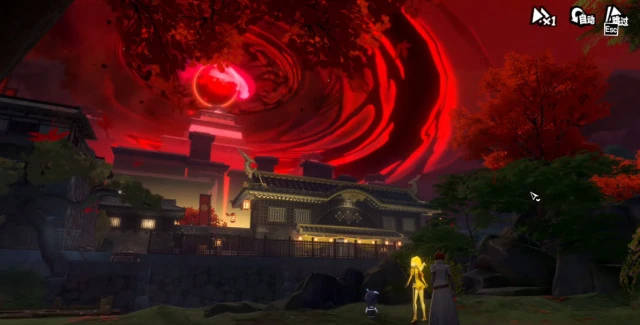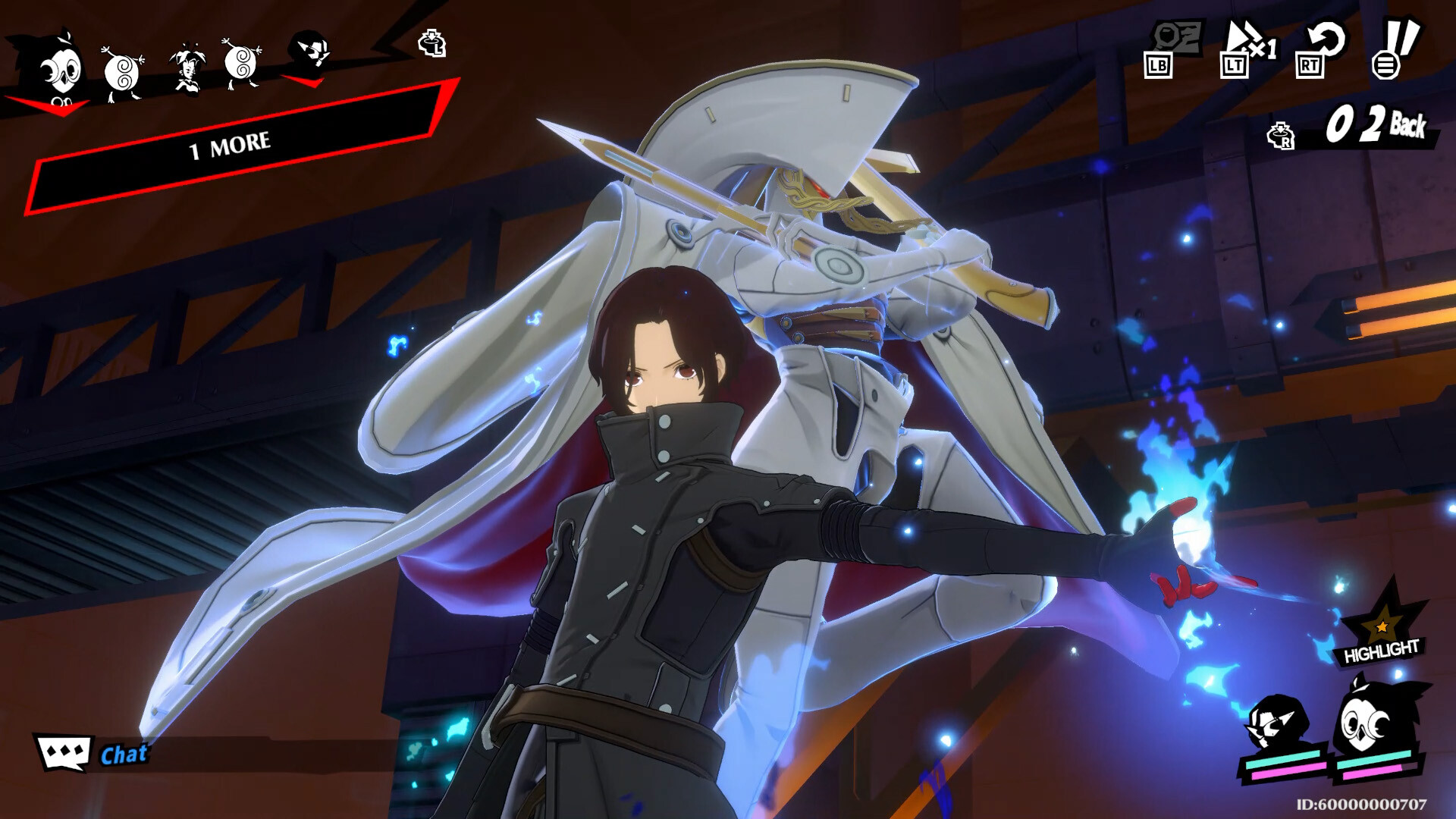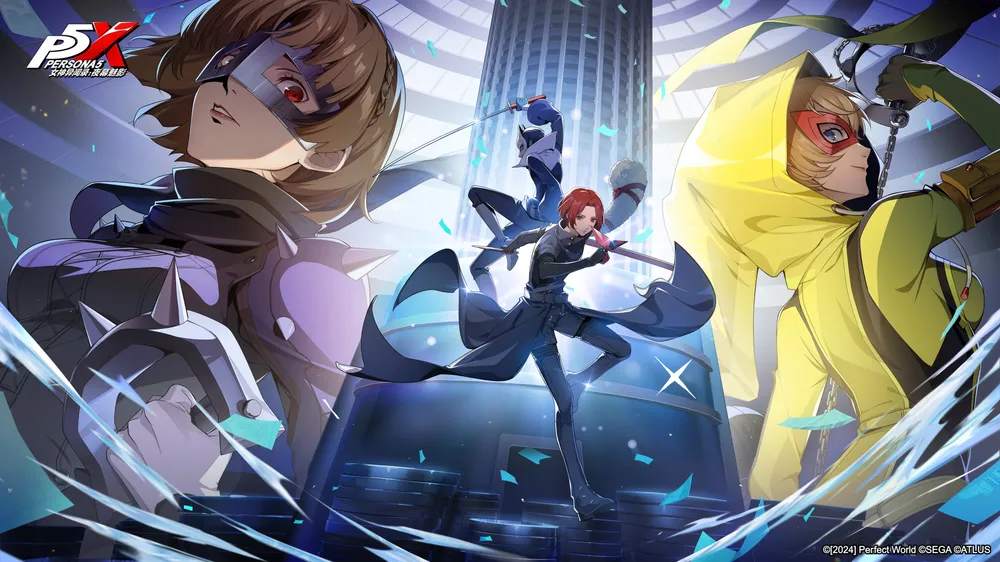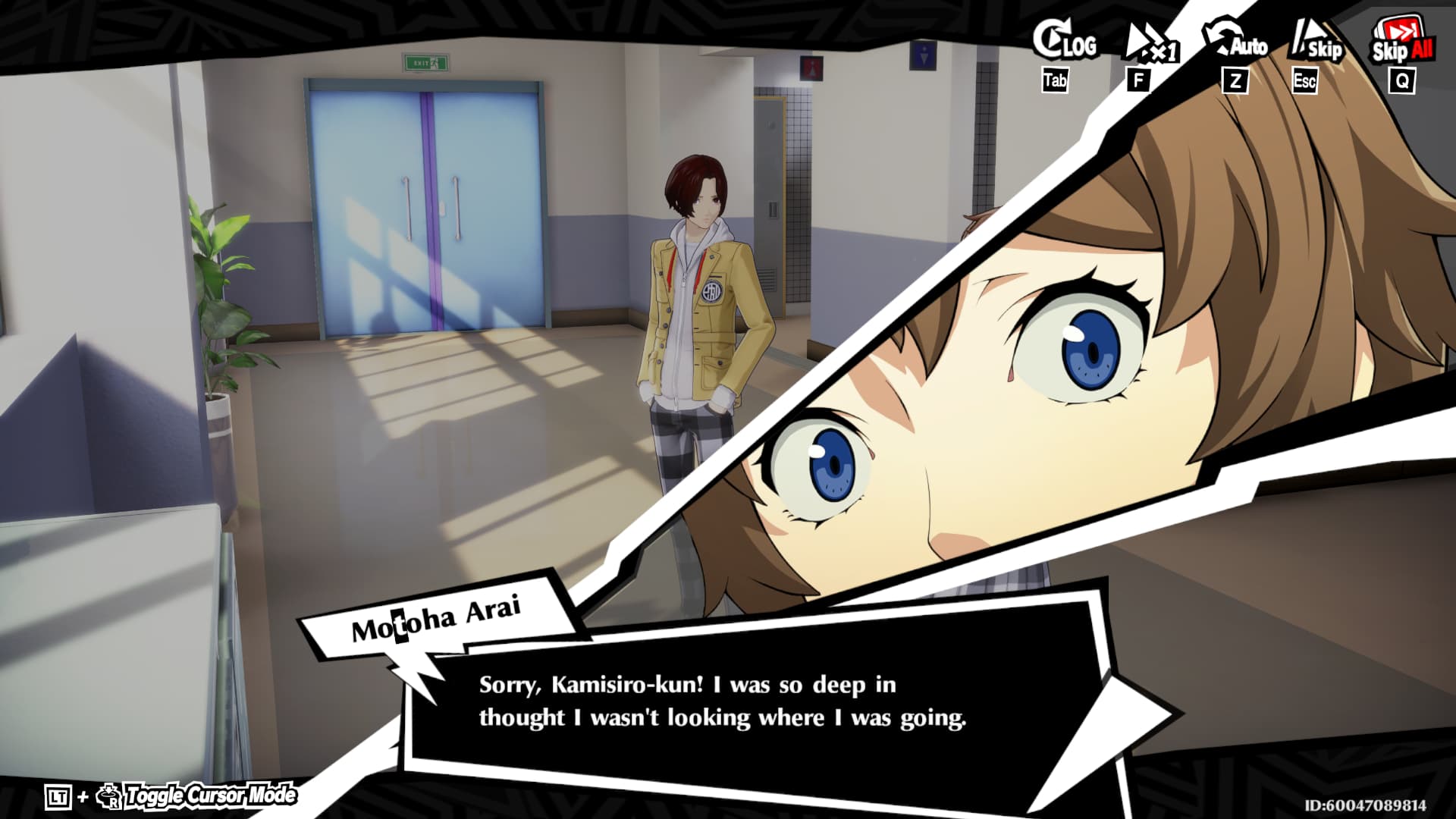
For quite a while now, I’ve managed to stay clear of gacha games. To be fair, their allure is not lost on me – even Xenoblade Chronicles 2’s Blade system made that clear. Yet, the likes of Genshin Impact, Fire Emblem Heroes, and more recently, Umamusume have failed to reel me in. I’ve always believed that an array of anime characters wouldn’t be enough to lure me into shelling out a significant amount of money on such games – or so I assumed.
Prior to the worldwide release, I stumbled upon content for Persona 5: The Phantom X online and kept a watchful eye on it as I grew more interested in it. As I learned more about it, I came to the realization that this could be the gacha game that would finally capture my attention. Unlike some games that take a favorite title and strip it down to a simplified version resembling an auto-battler (such as Octopath Traveler: Champions of Chaos), Persona 5: The Phantom X could convincingly be seen as essentially Persona 5 part 2.
Although the initial release of the game includes just two out of the minimum seven promised Palaces, the essence of its original quality remains intact, if not improved. In fact, I would go so far as to say that the first Palace in particular boasts level design that rivals Persona 5’s highest standards.

As I traverse this vast expanse, I can’t help but notice the numerous chances to retrace my steps and uncover hidden gems, a practice that’s not just rewarded but heavily incentivized as my completion percentage for each Palace escalates in this gacha game – a crucial aspect given its nature. Even setting rewards aside, it’s a journey worth taking, as I encounter intriguing puzzles with innovative mechanics that outdo Persona 5 in terms of creativity, offering challenges like manipulating object sizes or rewinding them to use for platforming.
As a devoted fan, I found that the original P5 didn’t exactly push my cognitive limits in this aspect, and unfortunately, the enhancements in P5X within this domain are rather modest. The intricate mechanics do necessitate a bit more mental effort, but they rarely leave me baffled. In fact, at times, the game seems to be less than cooperative, with Lufel – my feathered counterpart of Morgana – offering advice that is downright incorrect, suggesting I should return later or collect more of a specific resource when I clearly don’t need to.
The quality of the writing has significantly enhanced, notably with a faster pace that’s been greatly heightened. In this new game, you’ll find yourself immersed in the Metaverse and engaging in combat within approximately 20 minutes, contrasting P5’s range of 60-90 minutes. Furthermore, not long after the game allows you to roam freely around the first Palace, you’ll notice. Although it might seem like a tactic to propel players towards content where they can spend money, the narrative has actually been strengthened in the process.

To put it simply, although the narrative and Metaverse aspects of the game have been enhanced by gacha mechanics, the core life-simulation elements that have contributed significantly to the game’s popularity seem to have suffered. The game imposes a stamina limit, allowing only five “City Life” actions daily, which cover all activities that boost your social stats, generate in-game money, and strengthen your ties with allies. Once the initial excitement wears off, progress seems slow as bond levels and social stats climb gradually, leaving players feeling they’re not making sufficient headway or have insufficient time to fully immerse themselves in the life-simulation aspects of the game.
The increased bond level cap from 10 to 20 in this updated version diminishes the significance of character-centric story moments, which were the standout aspect of P5’s writing for me. Instead of unique scenes every time a bond levels up, you may encounter generic “socializing” scenes followed by a level-up screen. This is disheartening because interacting with these characters and exploring their personalities beyond their shadow-fighting roles was my favorite part of P5. Although character development isn’t completely absent in P5X, it seems to take a backseat to the combat-focused modes that encourage gacha mechanics.
If you enjoy engaging in combat within Persona, you’ll find no scarcity of activities to keep you busy. Beyond the primary storyline’s Palaces, there are still Mementos to explore, as well as numerous game modes available. These include a roguelike mode, a boss raid mode, two distinct challenge battle modes, and a resource-gathering mode.
Among all options, it’s only the resource-grinding aspect that imposes a stamina system, which creates a significant mismatch or inconsistency. In Persona 5 (P5), part of its appeal was that periods of intense fighting were consistently interrupted by life simulation segments. However, in P5X, the significantly reduced life simulation feels insignificant compared to the unlimited access you have to combat.

Despite being somewhat frustrating, the variety in combat modes proves enjoyable and unique, matching the richness in character development. Although only the protagonist, Wonder, can modify their Personas, each additional character possesses unique weapons and accessories, necessitating strategic decision-making to determine each character’s role. This consideration is amplified when you factor in the added benefits for having a party filled with characters of the same type.
In simpler terms, I often use different characters for each game mode and even change my choices between individual battles. Although there are some characters I don’t get along with or find useful, I end up using a larger number of the roster than expected once I managed to unlock them all.
This leads me to discuss the gacha mechanics. To be honest, P5X follows a typical pattern for this type of game and might even offer a bit more generosity than average when it comes to providing free currency. However, after exhausting the main story content, things can become a bit scarce. Nonetheless, if you’re playing for free, you can still make progress in P5X, although it’s important to understand that obtaining everything isn’t possible.

The game has a significant issue with tempo, as it stands. However, the development team intends to synchronize the international version with the Chinese one, which is a year ahead in content. This implies that content updates, such as time-limited characters, will arrive at a faster pace than the game was initially designed to handle. As a result, players are frustrated due to the absence of any form of compensation, since starting the game now – just weeks after its launch – will make you feel like you’re already playing catch up.
Essentially, if your main goal is diving into a fresh P5 narrative and discovering new Palaces, you can essentially disregard this aspect. Acquiring numerous 5-star characters will undoubtedly simplify your journey, but they’re not essential for victory. You won’t be blocked by a boss due to lacking the premium character to counter them, and as I mentioned earlier, there’s plenty of depth in character and party development that allows you to find solutions around any hurdle – it will simply take more time rather than money.
Persona 5: The Phantom X offers an equally or even superior main story compared to Persona 5, then subtly guides you towards its gacha elements. However, it alters some aspects of the original Persona formula that I’m not fond of, particularly by downplaying life-simulation elements. Despite these changes, I find it a highly enjoyable game if you’re craving more Persona action and can’t wait for Atlus to start working on Persona 6.
More Reviews on DBLTAP:
Read More
- EUR TRY PREDICTION
- UPS’s Descent in 2025: A Tale of Lost Glory
- Silver Rate Forecast
- USD PHP PREDICTION
- Arm Holdings: The AI Chip Whisperer?
- Download Minecraft Bedrock 1.23 free mobile: MCPE 2026
- AI Investing Through Dan Ives’ Lens: A Revolutionary ETF
- Oracle’s Algorithmic Odyssey and the TikTok Tempest
- The Reshoring Chronicles: Tariffs, Warehouses, and Digital Melancholy
- Buffett’s Indicator: The Market’s Overpriced Playpen 🚨
2025-07-18 17:17